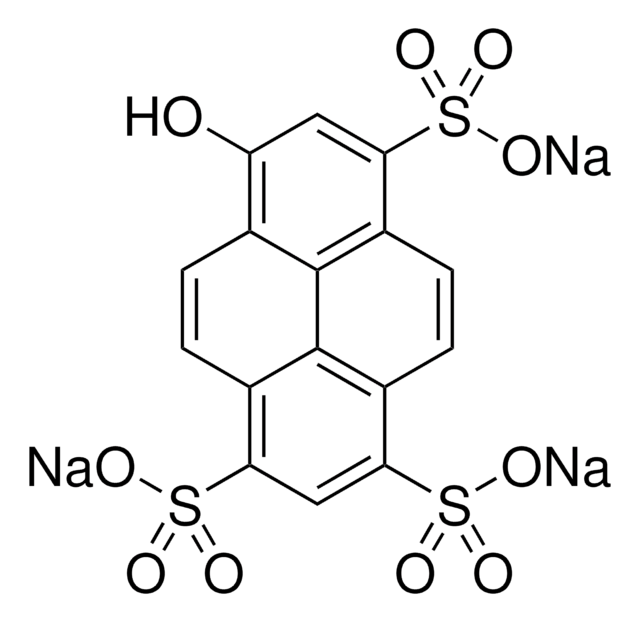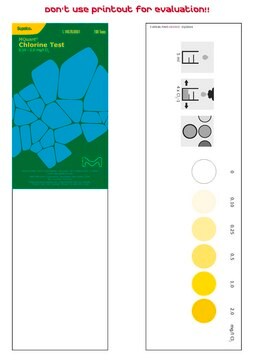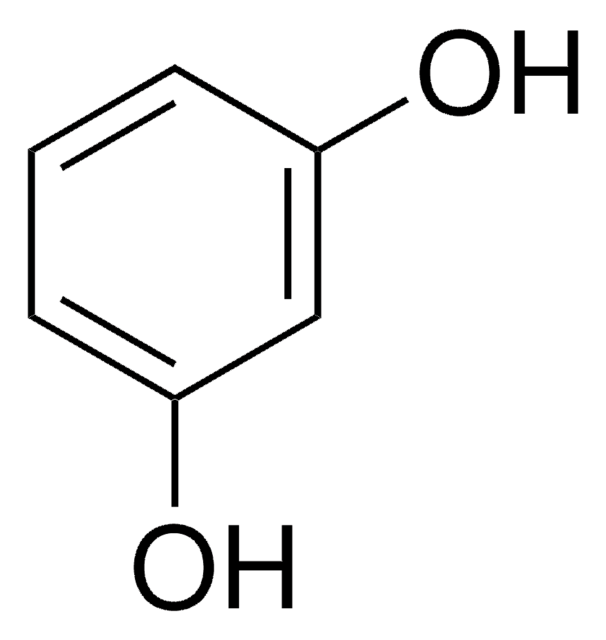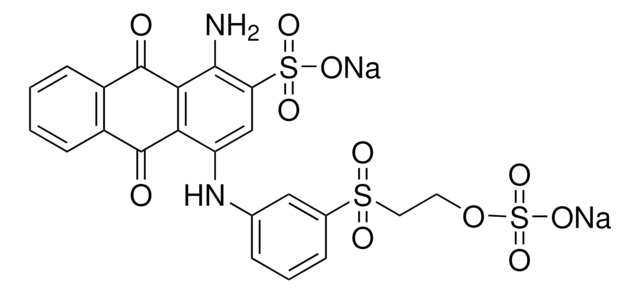Kluczowe dokumenty
45482
Fenaminosulf
PESTANAL®, analytical standard
Synonim(y):
4-Dimethylaminobenzenediazosulfonic acid sodium salt, p-Diazodimethylaniline sodium sulfonate, Sodium [4-(dimethylamino)phenyl]diazenesulfonate
About This Item
Polecane produkty
klasa czystości
analytical standard
Poziom jakości
linia produktu
PESTANAL®
okres trwałości
limited shelf life, expiry date on the label
metody
HPLC: suitable
gas chromatography (GC): suitable
Zastosowanie
agriculture
environmental
Format
neat
ciąg SMILES
[Na+].CN(C)c1ccc(cc1)N=NS([O-])(=O)=O
InChI
1S/C8H11N3O3S.Na/c1-11(2)8-5-3-7(4-6-8)9-10-15(12,13)14;/h3-6H,1-2H3,(H,12,13,14);/q;+1/p-1
Klucz InChI
IWDQPCIQCXRBQP-UHFFFAOYSA-M
Szukasz podobnych produktów? Odwiedź Przewodnik dotyczący porównywania produktów
Zastosowanie
- Cloning and characterization of GABA transporter
- Activity of anti-RSV carbonucleosides
- Inhibition by fungicides of urea hydrolysis and nitrification of urea nitrogen in soil
Polecane produkty
Informacje prawne
Hasło ostrzegawcze
Danger
Zwroty wskazujące rodzaj zagrożenia
Zwroty wskazujące środki ostrożności
Klasyfikacja zagrożeń
Acute Tox. 3 Oral - Acute Tox. 4 Dermal - Aquatic Chronic 3
Kod klasy składowania
6.1C - Combustible acute toxic Cat.3 / toxic compounds or compounds which causing chronic effects
Klasa zagrożenia wodnego (WGK)
WGK 3
Temperatura zapłonu (°F)
Not applicable
Temperatura zapłonu (°C)
Not applicable
Środki ochrony indywidualnej
Eyeshields, Faceshields, Gloves, type P2 (EN 143) respirator cartridges
Wybierz jedną z najnowszych wersji:
Certyfikaty analizy (CoA)
Nie widzisz odpowiedniej wersji?
Jeśli potrzebujesz konkretnej wersji, możesz wyszukać konkretny certyfikat według numeru partii lub serii.
Masz już ten produkt?
Dokumenty związane z niedawno zakupionymi produktami zostały zamieszczone w Bibliotece dokumentów.
Nasz zespół naukowców ma doświadczenie we wszystkich obszarach badań, w tym w naukach przyrodniczych, materiałoznawstwie, syntezie chemicznej, chromatografii, analityce i wielu innych dziedzinach.
Skontaktuj się z zespołem ds. pomocy technicznej









